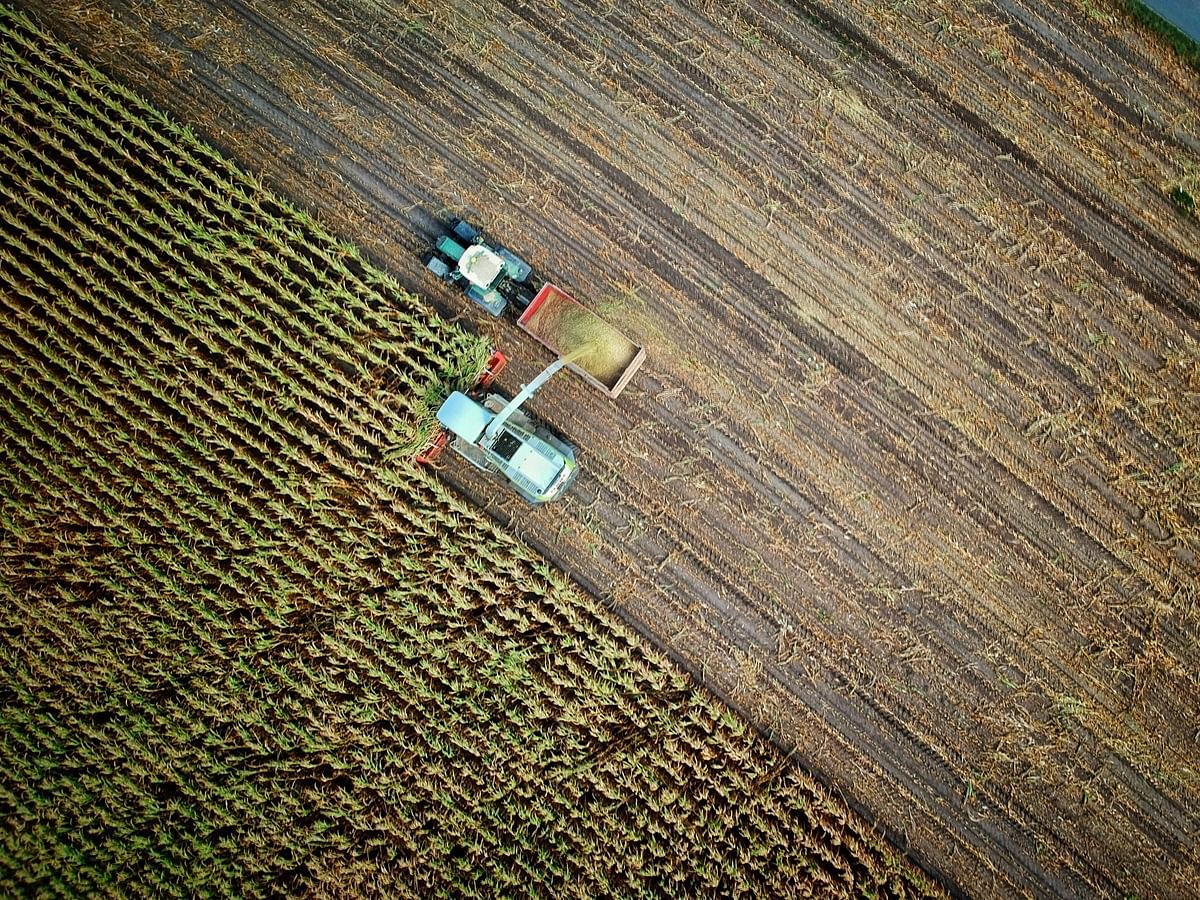
The agricultural sector in India has long been the backbone of the nation's economy, supporting a significant portion of the population and contributing substantially to the GDP. However, despite its crucial role, the sector faces numerous challenges, particularly in the area of mechanization. Let's understand the situation of farm mechanization in India, exploring its importance, current status, challenges, and growth opportunities.
Mechanization levels in Indian agriculture are lower compared to other developing nations. Small landholdings and the predominance of subsistence farming are key factors hindering the widespread adoption of modern farming machinery. Despite challenges, farm mechanization presents immense potential for driving agricultural productivity and economic growth. The market for agricultural machinery in India is projected to grow significantly, fueled by favorable government policies and rising farm incomes. Mechanization not only reduces cultivation costs but also enhances productivity through efficient resource utilization, thus addressing the increasing demand for food grains in the country.
India’s Farm Equipment Scenario
The diverse nature of agriculture in India necessitates a wide array of farm equipment, ranging from basic tractors to sophisticated harvesting machinery. Categorically, farm equipment manufacturing encompasses tractors, various implements, irrigation machinery, harvesting equipment, and tools for livestock farming. Understanding the specific requirements of different farming practices is essential for the effective utilization of agricultural machinery.
Challenges and Opportunities
Several challenges hinder the widespread adoption of farm mechanization in India. These include inadequate power availability per hectare, declining budget allocations for agricultural R&D, and a shrinking agricultural workforce due to rapid urbanization. However, these challenges also present opportunities for innovation and policy intervention. Tax incentives, increased budgetary allocations, and support for farmtech startups can foster sustainable growth in the sector.
Market Outlook
Globally, the agriculture and farm equipment market is witnessing robust growth, driven by factors such as population growth, increasing food demand, and advancements in technology. In India, the expanding population and rising demand for organic food are expected to drive the growth of the agriculture and farm equipment markets. Collaboration, automation, and precision agriculture are key trends shaping the future of the sector.
Government’s Measures
The Indian government is considering several measures to enhance the quality of farm mechanization. These include standardizing equipment design, conducting testing to ensure adherence to quality standards, promoting the use of standard parts, and providing training to manufacturers in manufacturing technology. These initiatives aim to improve the quality and efficiency of agricultural machinery, ultimately benefiting farmers and enhancing productivity.
While challenges persist, proactive measures and strategic interventions can pave the way for sustainable growth and increased productivity.











